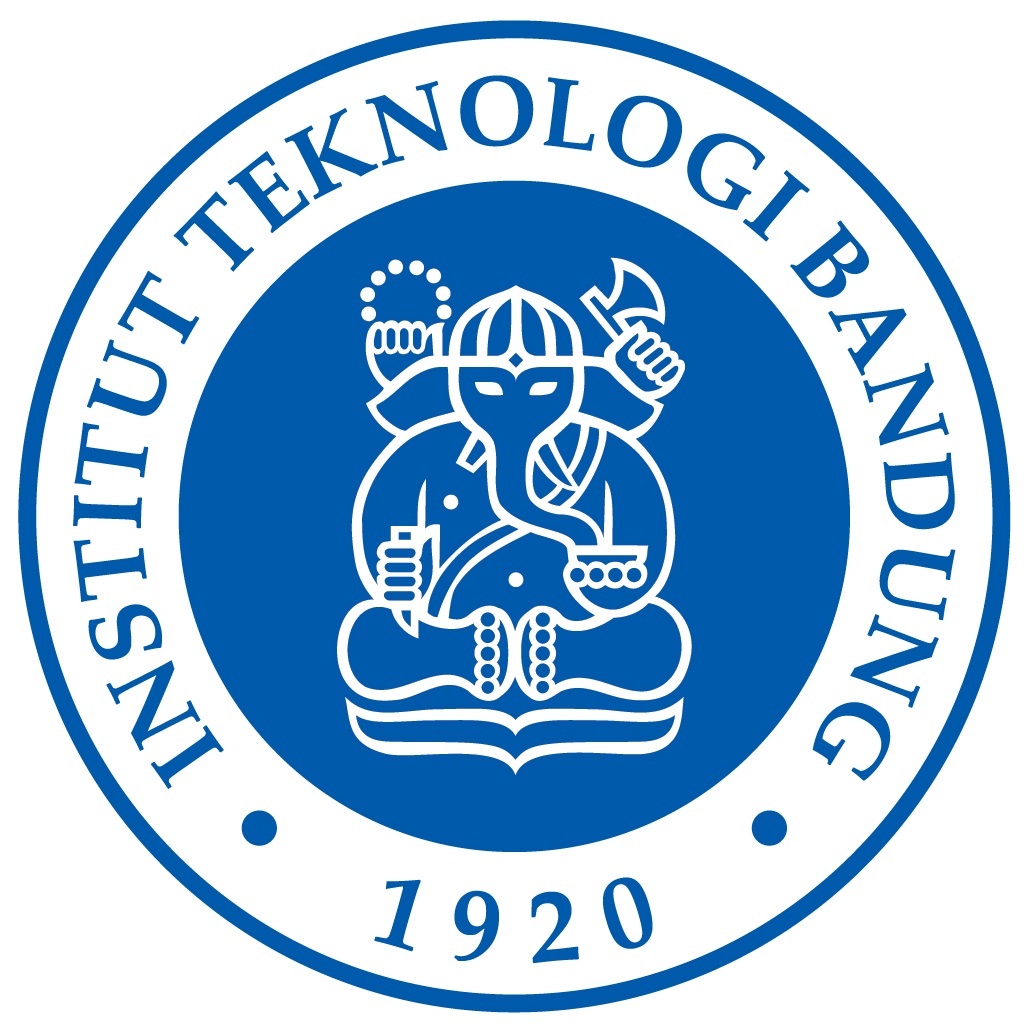

Eka Djunarsjah
The Strait of Malacca, a strategic waterway connecting Indonesia, Malaysia and Thailand, is facing a dispute over the boundaries of the Exclusive Economic Zone (EEZ) between Indonesia and Malaysia. This dispute arose due to differences in views, namely when Indonesia proposed an EEZ boundary that was different from the continental shelf boundary, while Malaysia wanted the same boundary. This conflict triggers incidents of illegal fishing and other law violations. Even though there have been several negotiations between the two countries, no agreement has been reached to date. As a solution, an equitable solution method is proposed with a modification of the median line to divide the sea area fairly, referring to UNCLOS III Article 74 Paragraph 3. From calculating the area of the EEZ sea from various alternatives, it is found that Indonesia has the largest sea area if the EEZ boundary used is the proposed by Indonesia, namely 52.99%. Malaysia will have the largest sea area if it uses the EEZ boundary proposed by Malaysia, namely the boundary that coincides with the 1969 Continental Shelf boundary, amounting to 61.76% of the sea area of all contested sea areas. The alternative of calculating boundaries of equal area is the optimal alternative because it divides the sea area of the two countries fairly, amounting to 46,941.5 km2 for each country.
Developing an innovative approach in determining EEZ boundaries which is developed from the principle of equitable solution, in order to create an equal division of sea areas between Indonesia and Malaysia. Conduct outreach to local residents about the importance of the existence of reference points for the Indonesia-Malaysia EEZ boundary in the Malacca Strait.
For the Government: Providing solutions to resolve EEZ conflicts, so as to minimize the risk of conflict in the Malacca Strait region. For Fishermen: Providing certainty about territorial waters, so that fishing activities can be carried out without the threat of foreign intervention. For the International Community: To be a reference in resolving maritime boundary conflicts fairly and innovatively, in accordance with international law.